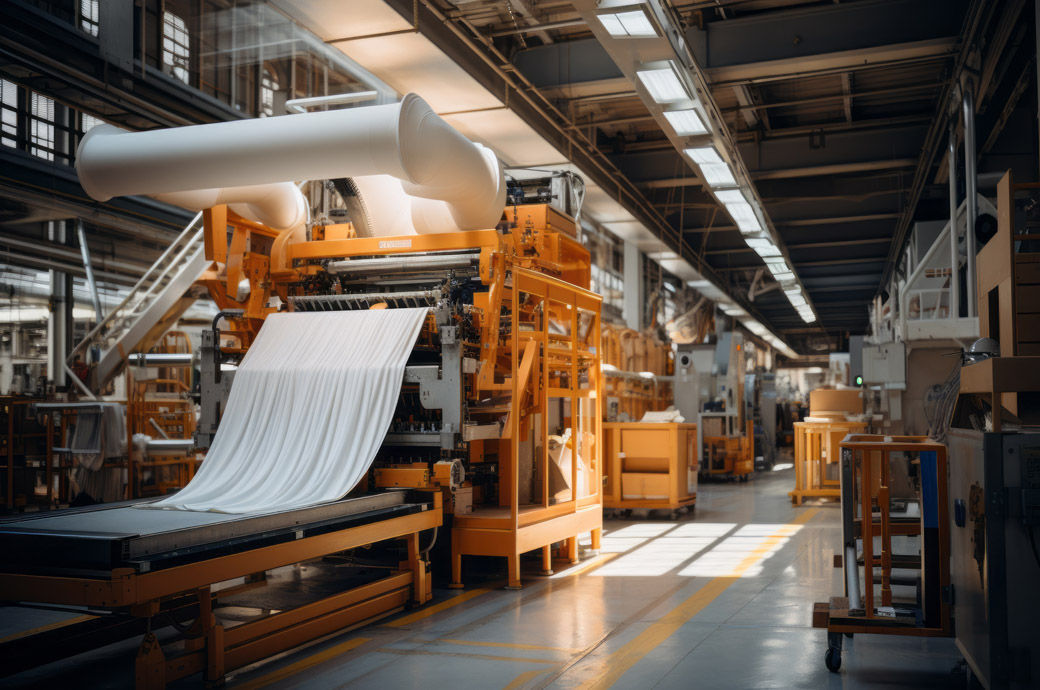
Output and new orders both continued to rise, as the domestic market was the primary growth propeller.
The UK manufacturing sector saw a further solid rise in production volumes at the end of Q3 2024, according to S&P Global.
Output and new orders both continued to rise, while levels of employment and stocks of purchases both declined.
Manufacturers reported that subdued market conditions in Europe were the main factor weighing on overseas demand and business optimism dropped to a nine-month low.
There were signs of a wait-and-see approach entering decision-making, however, with the forthcoming Autumn Statement in particular leading to slower gains in both production and new business and a dip in future expectations to a nine-month low.
The seasonally-adjusted S&P Global UK manufacturing purchasing managers’ index (PMI) posted 51.5 in September, down from August’s 26-month high of 52.5 and unchanged from the earlier flash estimate. The PMI has remained above the neutral 50 mark for five successive months.
Three out of the five PMI sub-components—output, new orders and suppliers’ delivery times—were at levels consistent with improved manufacturing operating conditions.
In contrast, levels of employment and stocks of purchases both declined, as manufacturers looked to mitigate rising input costs by reducing expenditures in other areas, a release from S&P Global said.
Manufacturing production rose for the fifth consecutive month in September, as companies responded to improved intakes of new work.
September data signalled a further decrease in incoming new export business, the thirty-second in as many months.
UK manufacturers reported that subdued market conditions in Europe were the main factor weighing on overseas demand, with France and Germany the principal concerns. Lower demand from US clients was also cited.
There were signs of rising uncertainty at manufacturers and their clients affecting a number of variables in September.
Along with the mildly slower rises in new orders and output compared to August, there was also a sharp easing in the level of confidence regarding future production trends. Cuts to employment, purchasing activity and stocks at manufacturers also pointed to rising cost-caution.
Business optimism subsequently dropped to a nine-month low in September. Moreover, the month-on-month decline in the future output index from the survey (7.5 points) was the second-steepest on record, beaten only by that registered in March 2020 (13.1 points).
Uncertainty relating to possible changes in government policy—largely around October’s Autumn budget—and subdued global market conditions were weighing on UK manufacturers’ outlook for the coming 12 months.
On the plus side, half of those surveyed (compared to over 60 per cent in August) still expect output to rise over the coming year, citing new projects, marketing efforts and planned new product launches as reasons to remain optimistic.
Manufacturing employment declined in September, following back-to-back increases in the prior two months. September saw average input prices rise at the quickest pace since January 2023.
Fibre2Fashion News Desk (DS)


